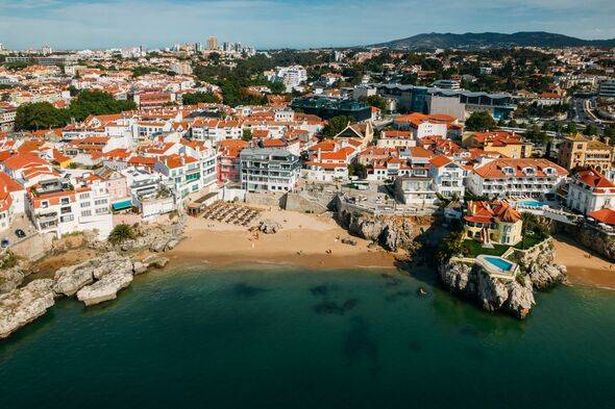Travel expert Simon Calder has shared his favourite winter destinations for UK pensioners, and one town has been described as a “slice of heaven” by visitors
Travel expert Simon Calder has named Cascais, just outside Lisbon in Portugal, as one of his top winter destinations. The coastal town is not only affordable during the colder months, but also boasts an average temperature of 18C in November and direct flights from UK airports to nearby Lisbon.
Cascais is a dream for those who love to explore on foot, making it an ideal holiday spot for pensioners. Travel blogger Caroline, from Packthesuitcases, described the town as “is a nice walkable size, you don’t need to worry about taxis and buses unless you’re venturing further afield to things like Cabo da Roca – everything in the town itself is easily reached on foot”.
Caroline also highlighted the ease of reaching Cascais by train from Lisbon, noting that “The train takes about 40 minutes from Cais do Sodré, and it’s an enjoyable journey along the coast.”
On his travel podcast, Simon Calder praised the beautiful town as one of his “favourite Portuguese locations”. He said: “Cascais is the port planted elegantly on the shoreline west of the capital, Lisbon, on what’s known as the Portuguese Riviera. It was settled in turn by Romans, Visigoths and Moors, and today the centre of Cascais is an intriguing combination of sun-worn houses, cafés, shops and smart hotels.”
He also pointed out that there are “excellent beaches within easy reach of Cascais”, adding another reason to consider this charming Portuguese town for your next getaway, reports the Express.
One visitor took to Tripadvisor to describe the town as “a little slice of heaven”. The tourist gushed: “Cascais is amazing, beautiful coastline, stunning, immaculate beaches and a really charming town. The people are lovely and the food is out of this world!”
Simon also suggested Cassis, in the south of France, as another pedestrian-friendly destination, ideal for a winter getaway.

